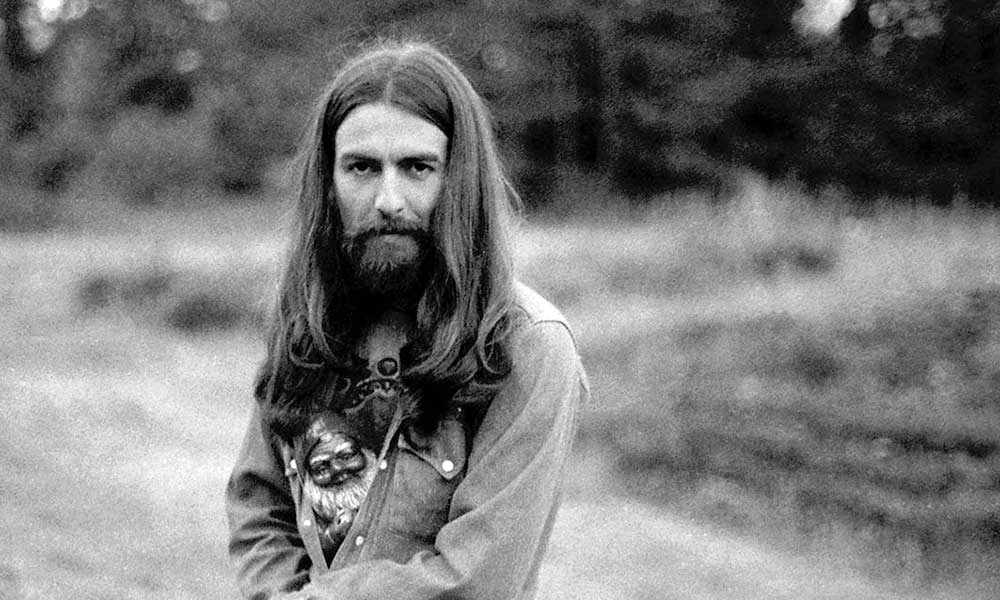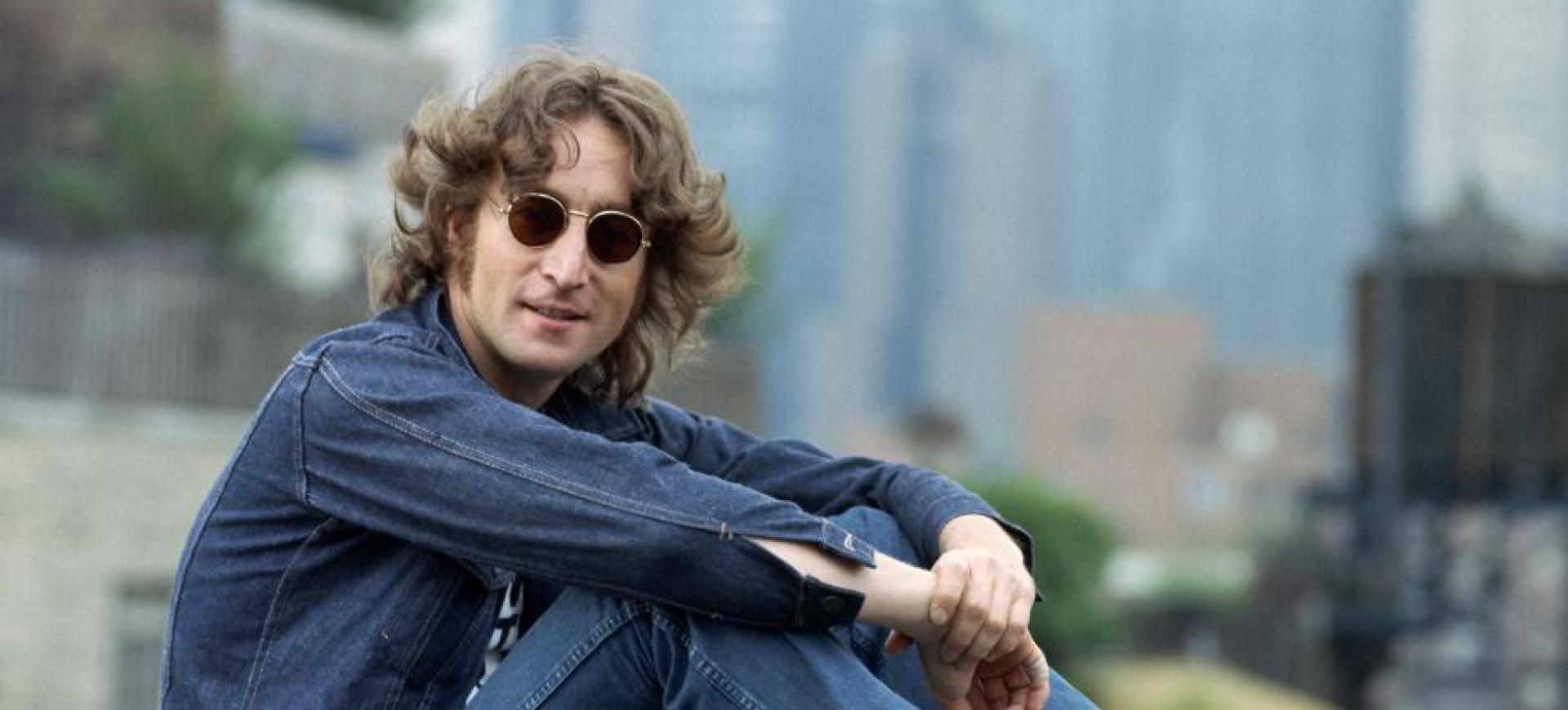The dissolution of The Beatles in 1970 did not mark the end of music-making for its members; rather, it heralded a diverse spread of solo careers that would each leave a distinct imprint on the landscape of music. This exploration delves into the individual journeys of John Lennon, Paul McCartney, George Harrison, and Ringo Starr as they embarked on solo projects that not only reflected their artistic evolution but also continued to influence the music industry profoundly. From George Harrison's spiritual and melodic explorations to John Lennon's raw, politically charged anthems, from Paul McCartney's chart-topping successes to Ringo Starr's heartfelt contributions to music, each Beatle carved a unique path that merits a closer look. This blog aims to shed light on how each artist brought their visions and voices to life outside the collective framework of The Beatles, highlighting key albums, collaborations, and moments that defined their solo careers.
The Beatles' Solo Careers: A Comprehensive Look
Music • 9 May, 2024 • 64,597 Views • ⭐ 1.0
Written by Shivani Chourasia

George Harrison

George Harrison quickly emerged as a standout solo artist immediately following the group's breakup. His debut, the expansive triple album "All Things Must Pass," featured hits like "My Sweet Lord," and displayed a rich blend of guitar work and Indian musical influences, complete with references to "Hare Krishna." This album not only marked Harrison as one to watch but also set a high bar early in his solo career. His momentum continued with "Concert For Bangladesh" and "Living in the Material World," further securing his place in music history.
By the mid-1970s, Harrison's career seemed to level off with the release of "Dark Horse." However, he quickly regained his stride with "Thirty-Three and a Third," which included tracks like "Crackerbox Palace" and the hit single "This Song," bringing him back into the spotlight. His 1981 album "Somewhere in England," which featured the tribute "All Those Years Ago" for his late bandmate John Lennon, rekindled public and critical interest.
Following a period of lower visibility, Harrison made a notable comeback with the 1987 album "Cloud Nine." Around this time, he also joined forces with the supergroup The Traveling Wilburys, alongside Roy Orbison, Bob Dylan, Jeff Lynne, and Tom Petty. The group released two albums but disbanded after Orbison's passing. Harrison then stepped back from the limelight, focusing on producing Ravi Shankar’s "Chants of India" and working on an anthology with the remaining Beatles.
George Harrison's legacy as a musician was deeply influenced by his exploration of Indian music and his adept guitar skills, leaving an indelible mark on the music world until his untimely death from throat cancer in 2001.
John Lennon

John Lennon's time as a solo artist, although brief compared to his tenure with The Beatles, was marked by a prolific output that included collaborations with his wife, Yoko Ono, and her ensemble, the Plastic Ono Band. His initial solo effort, the 1970 release "Plastic Ono Band," stirred controversy with its explicit lyrics, particularly in songs like "Working Class Hero." This album was met with mixed reactions, appealing primarily to the politically progressive audience of the 1960s and '70s, but it didn't achieve the commercial success of George Harrison's "All Things Must Pass" or Paul McCartney's debut solo album.
Despite the lukewarm reception, this album set the stage for Lennon’s ensuing politically-infused musical direction. This evolution was epitomized by his 1971 album "Imagine," which struck a balance between musical accessibility and the stark, outspoken style of his earlier solo work. Notably, the album included "How Do You Sleep?"—a pointed rebuttal to McCartney's "Too Many People" and a commentary on the dissolution of their songwriting partnership. Thanks to its more mainstream appeal and the iconic title track, "Imagine" enjoyed significant chart success internationally.
Lennon's next collaboration with the Plastic Ono Band resulted in "Sometime in New York City," an album criticized for its overtly political lyrics, controversial use of racial epithets, and provocative cover art depicting a naked Richard Nixon and Mao Zedong dancing. His subsequent solo effort, "Mind Games," received a slightly warmer reception, likely due to its toned-down political messaging.
The late 1970s brought personal challenges for Lennon and Ono, leading to an 18-month separation. This period of solitude proved creatively fruitful for Lennon, culminating in the 1974 album "Walls and Bridges." This album quickly climbed the charts, highlighted by the chart-topping single "Whatever Gets You Through The Night."
Following this success, Lennon decided to release an album of rock 'n' roll covers, including the hit "Stand by Me" by Ben E. King. The album, titled "Rock 'n' Roll," saw modest success and would be Lennon’s last release for several years. After reconciling with Ono and welcoming their son Sean, Lennon took a lengthy break from music to focus on his family. He returned five years later with "Double Fantasy," a comeback intended to mark the start of a new chapter. Tragically, just weeks after its release, Lennon’s life was abruptly ended by Mark David Chapman on December 8, 1980, thus ending his profound impact on music.